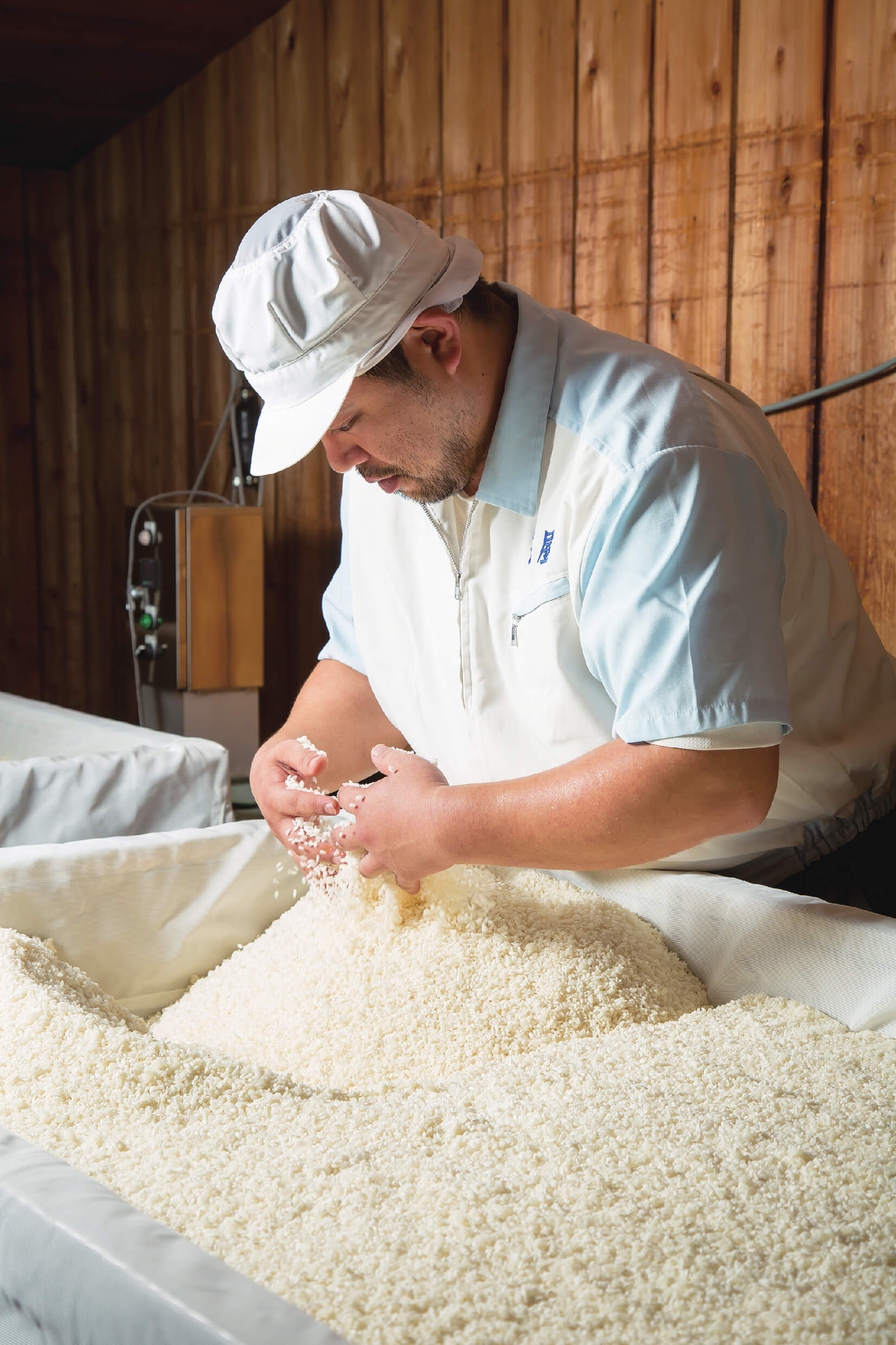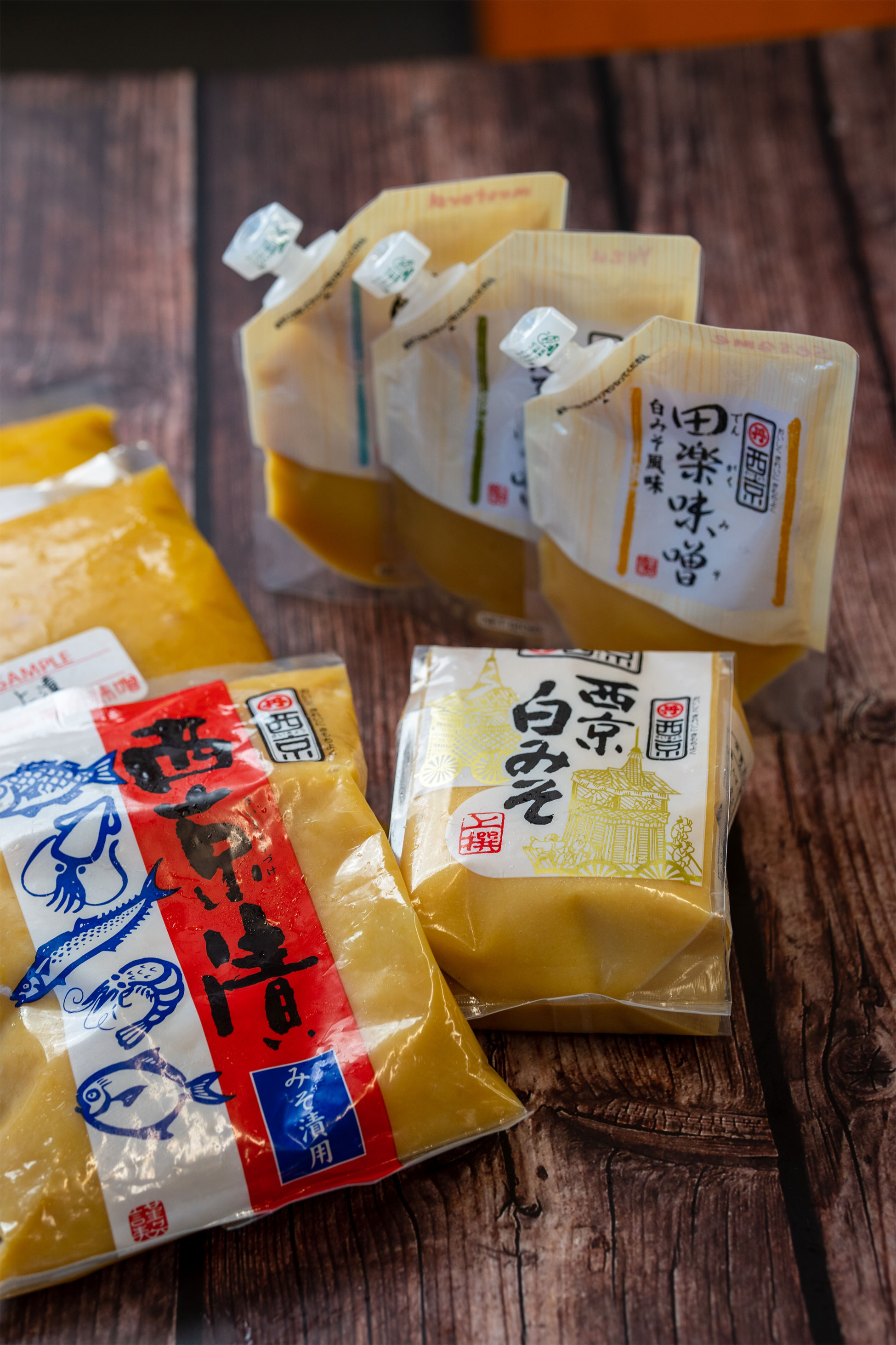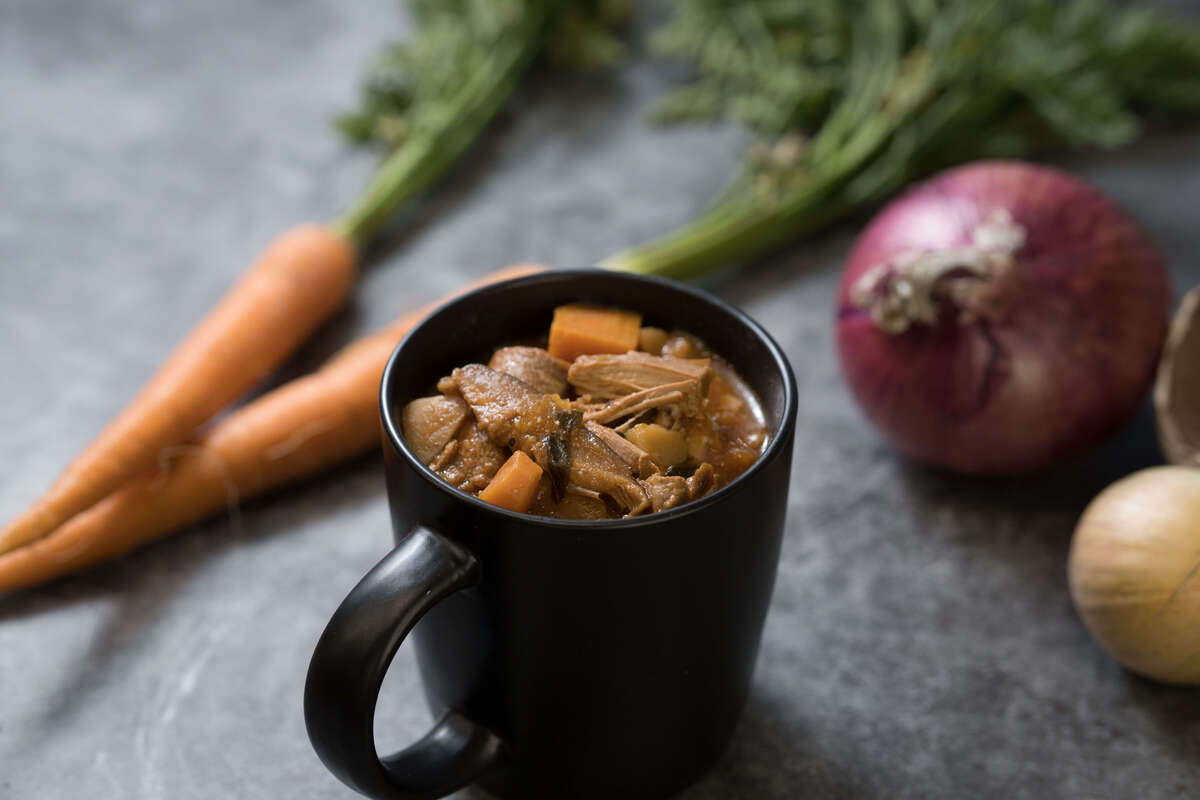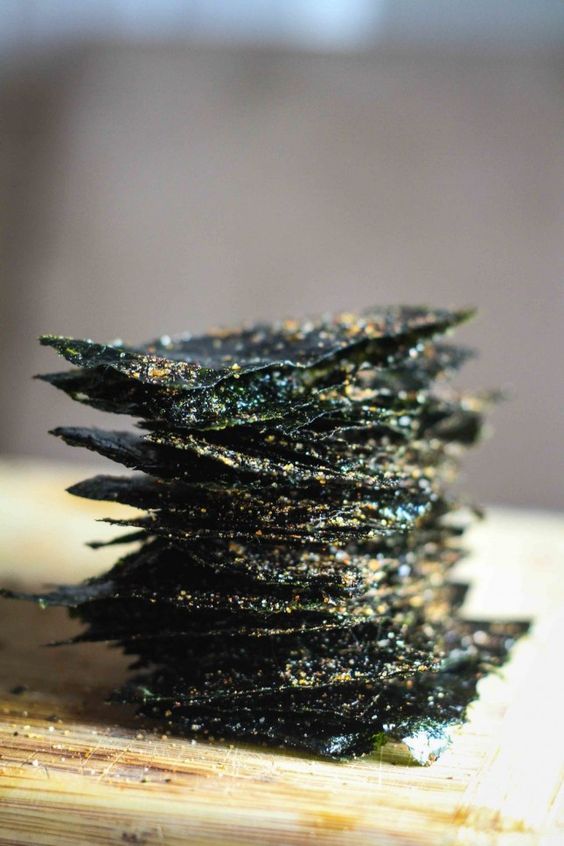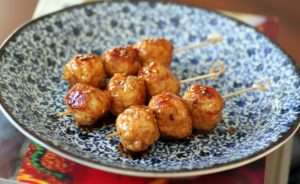Part 1
My second home is Japan. I spent more than 10 years living, studying and working there during my 20’s, almost being drawn into the seedy side of hostessing and making a daring escape, studying at a prestigious university, owning my own food importing business, marrying into a Japanese family and giving birth to a beautiful daughter, the depth of my experience in this amazing country cannot be fully expressed. However, each time I return, there is so much more depth and knowledge to gather, that I am humbled by just how much I don’t know and what there is to learn. Especially about food!.
Becoming a Japanese housewife was not easy for an Aussie girl back in 1994, especially whilst running a business in a male dominated society. All the expectations of what a Japanese housewife should do and behave is pretty much set in stone in a country with such a long history. One thing that I did master was an understanding of how to cook Japanese Homestyle foods and the use miso as one of the main staples of Japanese cooking. A quick delicious dish with miso as the base flavour always saved the day whilst I was on the run in the face paced Tokyo. All these years later, miso is still an integral part of our cooking at home in Australia as well as in our many miso-based items on our Peko Peko menu. On my last trip to the shores of Japan with my husband and business partner Troy, I learnt so much more than I expected and it’s really exciting to return home and ponder all those experiences!
The aim of this trip was to explore the story and the history of miso, to connect with miso artisans and manufacturing businesses and to offer our customers a better understanding of what is miso and how can we offer you a deeper understanding of how miso can improve your health, add umami to your food and bring to life dishes that would otherwise lack a depth of flavour.
Troy and I started the journey in Tokyo and spent a full day at the international food trade fair, Foodex. I felt a strange pang of homesickness, as this is where my career in Japanese food began as an interpreter and importer of Australian fresh produce.
Thirty years later here I was, back at the newer, bigger and impressive Big Site Tokyo on the Tokyo harbour, and it is enormous! There were so many incredible products and stall holders that the experience was somewhat overwhelming and there was so much more here than the miso I came here for! Gathering our thoughts in this enormous food fest we decided that we would concentrate only on the healthiest products for Peko Peko and our customers. Definitely only products that have no artificial ingredients, additives or MSG!
So now we eagerly await our huge box of samples of the new and exciting things we uncovered at Foodex this year. Kombu soy sauce, yuzu powder, yuzu miso, kombu powder, white sweet miso, dark black miso, ginger miso, sesame kombu snacks, wasabi salt ume miso and much more. Our whole team is excited for this unveiling and the endless possibilities that come with the exploration of these artisanal flavours. Our aim is to share knowledge and develop products that will allow the magnificence of umami to shine through whilst understanding the incredible benefits to our health these products bring!

